Protecting what matters most comes at a cost. In times of heightened security needs, precast concrete provides the strength and durability necessary to secure critical structures. From military installations to government buildings to data centers, precast concrete outshines other building materials with its inherent blast resistant qualities.
Anti Terrorism Force Protection
What is ATFP?
Anti-Terrorism Force Protection refers to the amount of force a structure can withstand before it is comprimised. The military uses the term in connection with the protection of personnel, facilities and equipment.
What are the requirements?
The highest form of ATFP is a precast insulated sandwich wall panel. It is used in applications demanding the strictest security.
What kind of buildings use the ATFP standard?
Buildings that utilize ATFP standards include the Pentagon and other government buildings, banks, prisons, etc
How does precast satisfy ATFP requirements?
Precast concrete meets the ATFP requirement as it has been placed through rigorous laboratory testing by the Air Force Research Laboratory.
The video below highlights new research, criteria and standards that are constantly being considered and tested to bring the security of high interest targets under the best protection available.
Between 2009 and 2012, Gage Bros. Concrete Products completed three large government buildings. In the PCI Journal article entitled Designing for Blast Resistance, Gage Bros. share their insight and experience providing architectural blast resistant precast concrete cladding in highly sensitive projects. Click the article below to read more.
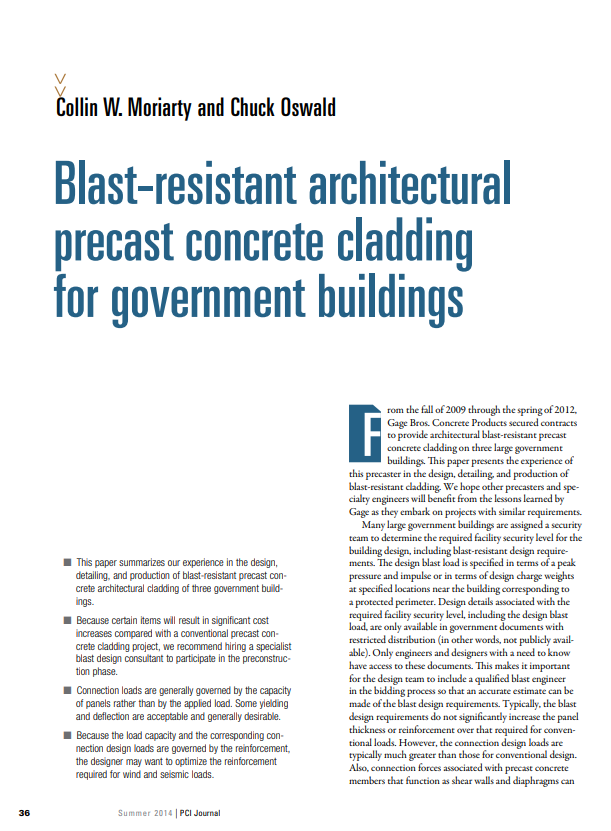
Designing For Blast Resistance
Designing for blast resistance involves several concepts with help improve a structure’s blast resistance and increases its ability to withstand blast events.
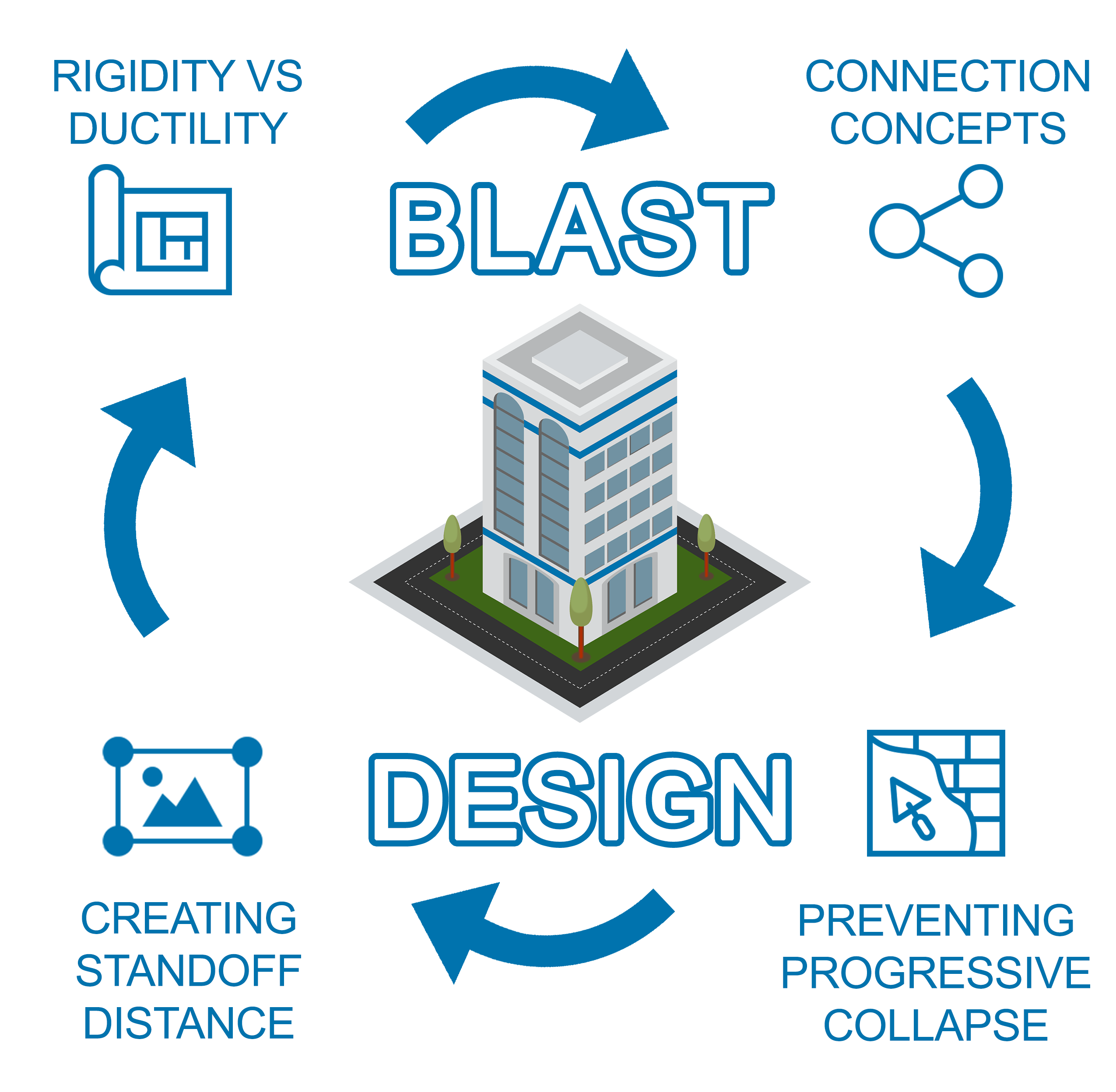
Creating Standoff Distance
Standoff Distance or “setbacks” are created using various techniques designed to keep vehicles from getting too close to a structure. Depending on the use of the building, the standoff distance could be anywhere from 33 feet to 148 feet. Typically, the lowest four stores are the most vulnerable if a street level blast were to occur.
Preventing Progressive Collapse
If a blast were to occur, a progressive collapse scenario poses a life threatening risk to anyone in or around the structure. As such, a five step design plan is used to limit the extent of the collapse by addressing issues such as redundancy, load combinations, structural performance and more.
Rigidity vs Ductility
The Precast Concrete Institute requires that load-bearing precast panels must be designed to span failed areas through arching action, strengthened gravity connections, secondary support systems, or other ways of providing an alternative load path.
Connection Concepts
When designing for blast-loading conditions, wall panel connections are ‘beefed up” versions of traditional panel connections. For blast designed projects, connections should have as direct a load path as possible while using as few connections as possible.
PCINE offers a one-stop destination for all things related to blast resistance on the webpage entitled Design for Blast Resistance under the Design Resources tab. Projects, manuals, research, experiments, videos and more are all conveniently located in easy to use formats to assist with your project planning.
Offered in hard copy, PCI offers the Blast-Resistant Design Manual (MNL-141-12EH) which covers the basic process of blast resistant structural design including calculations and performance criteria as applied to anti-terrorism and force protection design. Download your copy today by clicking on the cover image below.
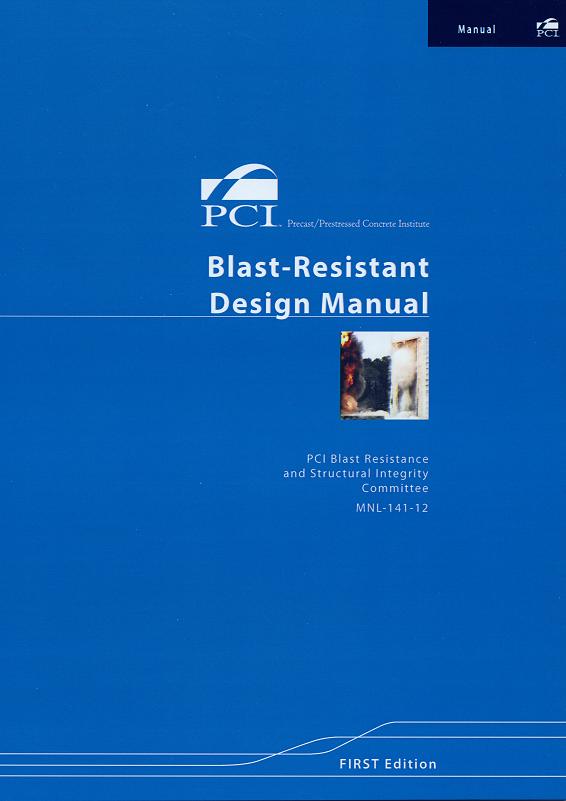
Available in the PCI Design Handbook series is Appendix A: Blast-Resistant Design of Precast, Prestressed Concrete Components which focuses on designing for exterior explosions and is chock full of technical information for successful blast resistant design. To read more, click on the article below.
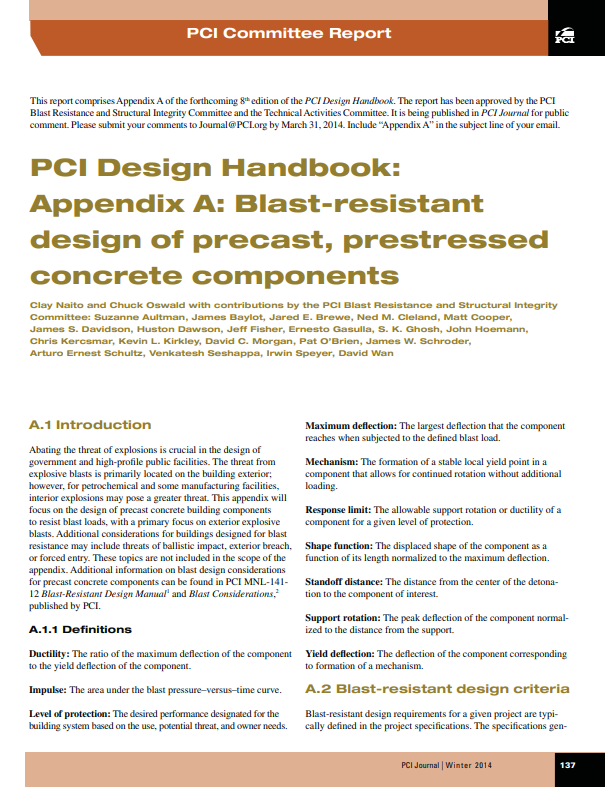
Project Profiles
Constructed as a Federal Threat Level 4 building in Billings, MT, the James F. Battin United States Courthouse is a 2013 award winning,LEED Gold certified structure with a 100 year service life constructed with PCI certified precast concrete components.
The following projects have also made use of precast to provide blast protection.
Jacksonville US Federal Courthouse
Lloyd D George US Courthouse in Las Vegas
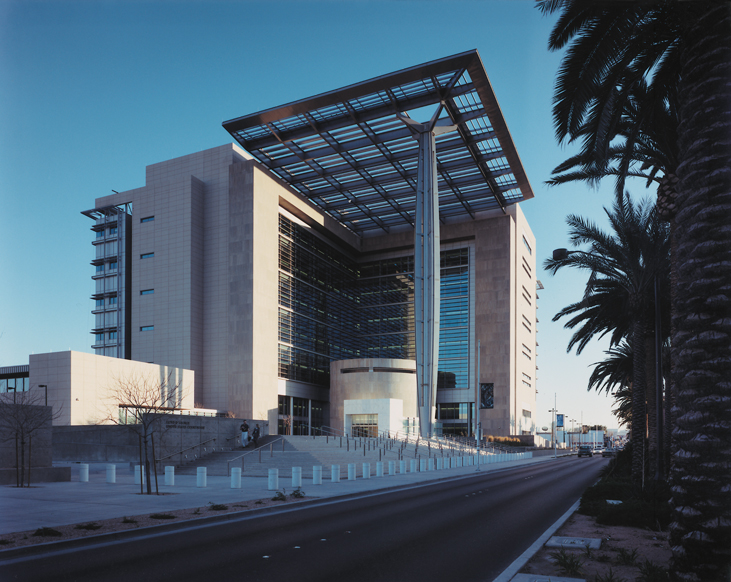
Threats against high interest targets are nothing new. Thankfully, with better research and technology we are more able to mitigate serious injury and loss through the design of structures built to withstand events such as blasts. Precast concrete stands tough against blasts and has been a proven solution when protection is paramount.